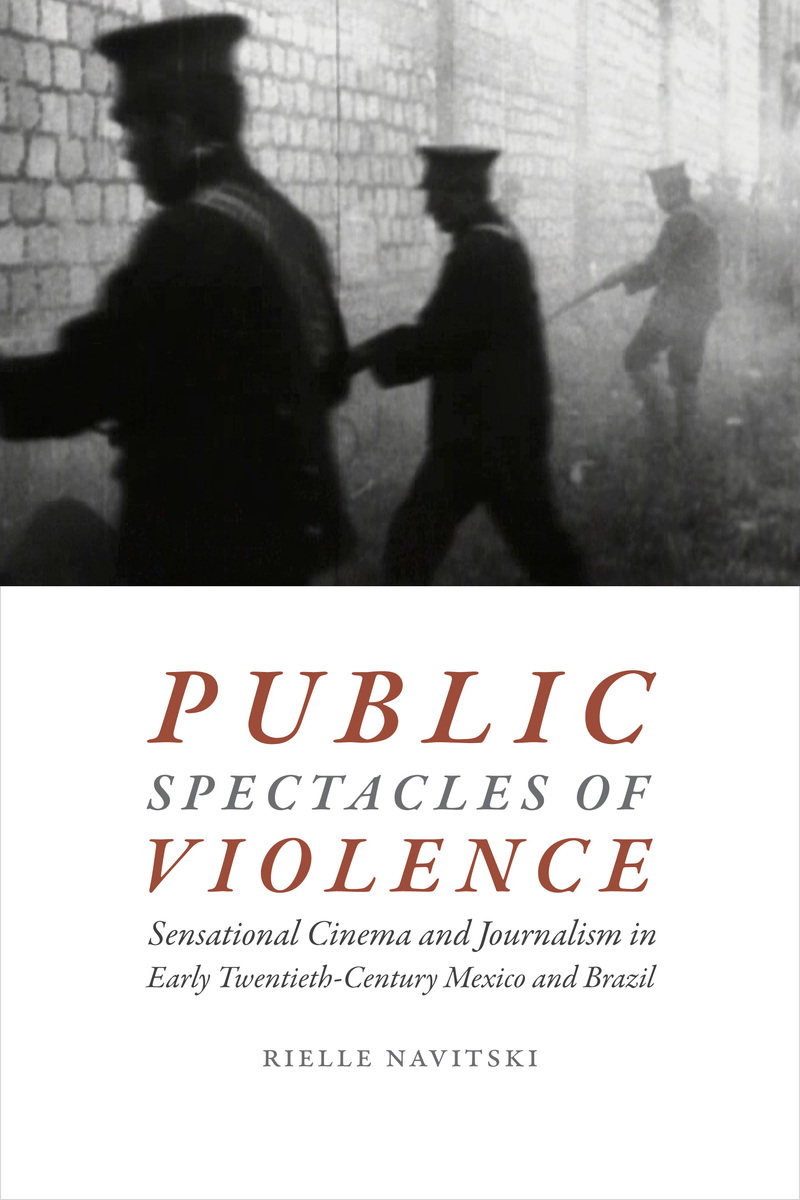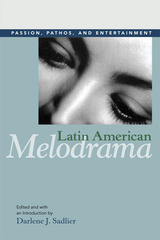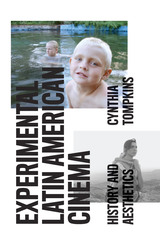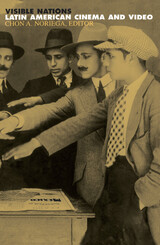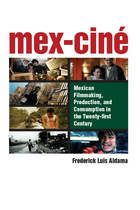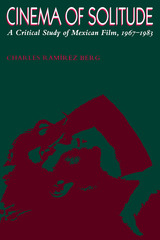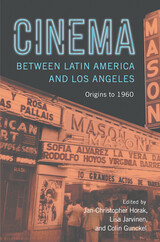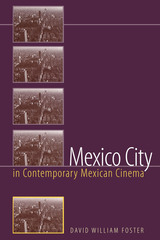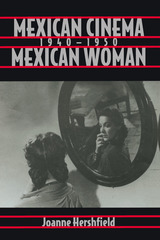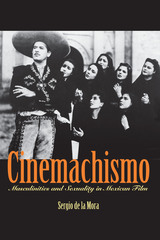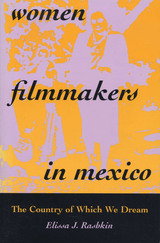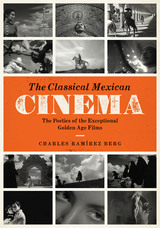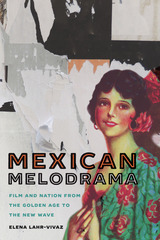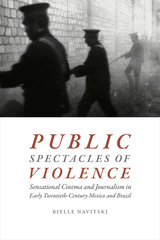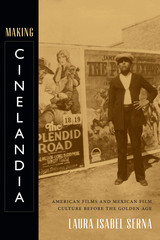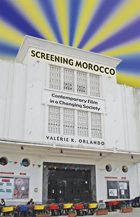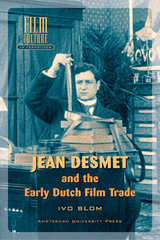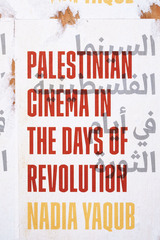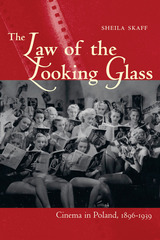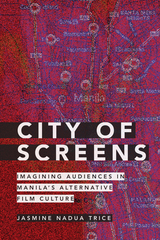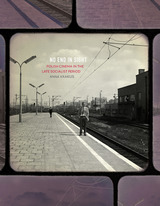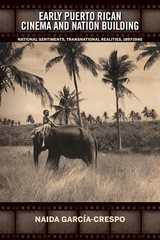Public Spectacles of Violence: Sensational Cinema and Journalism in Early Twentieth-Century Mexico and Brazil
Duke University Press, 2017
eISBN: 978-0-8223-7289-9 | Paper: 978-0-8223-6975-2 | Cloth: 978-0-8223-6963-9
Library of Congress Classification PN1993.5.M6N385 2017
See other books on: Brazil | Public Spectacles | Sensationalism in motion pictures | Violence | Violence in motion pictures
See other titles from Duke University Press
eISBN: 978-0-8223-7289-9 | Paper: 978-0-8223-6975-2 | Cloth: 978-0-8223-6963-9
Library of Congress Classification PN1993.5.M6N385 2017
ABOUT THIS BOOK | AUTHOR BIOGRAPHY | REVIEWS | TOC | REQUEST ACCESSIBLE FILE
ABOUT THIS BOOK
In Public Spectacles of Violence Rielle Navitski examines the proliferation of cinematic and photographic images of criminality, bodily injury, and technological catastrophe in early twentieth-century Mexico and Brazil, which were among Latin America’s most industrialized nations and later developed two of the region’s largest film industries. Navitski analyzes a wide range of sensational cultural forms, from nonfiction films and serial cinema to illustrated police reportage, serial literature, and fan magazines, demonstrating how media spectacles of violence helped audiences make sense of the political instability, high crime rates, and social inequality that came with modernization. In both nations, sensational cinema and journalism—influenced by imported films—forged a common public sphere that reached across the racial, class, and geographic divides accentuated by economic growth and urbanization. Highlighting the human costs of modernization, these media constructed everyday experience as decidedly modern, in that it was marked by the same social ills facing industrialized countries. The legacy of sensational early twentieth-century visual culture remains felt in Mexico and Brazil today, where public displays of violence by the military, police, and organized crime are hypervisible.
See other books on: Brazil | Public Spectacles | Sensationalism in motion pictures | Violence | Violence in motion pictures
See other titles from Duke University Press
